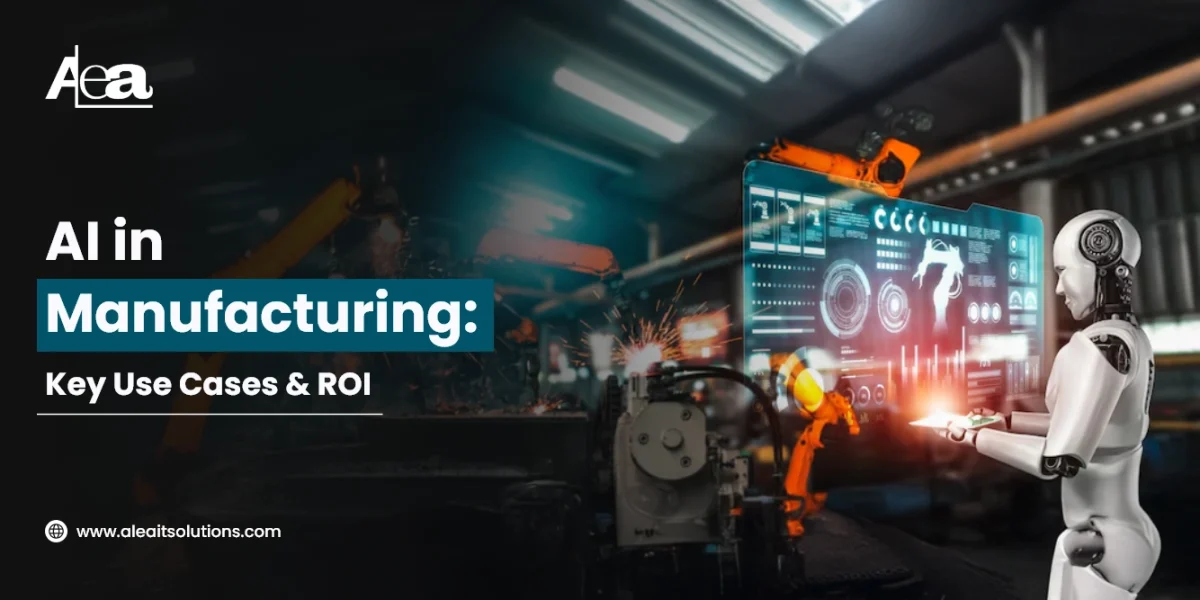Search trends don’t lie. Developers and digital teams are asking sharper, more future-facing questions:
“Is WordPress still worth it?”
“What’s the best CMS for Jamstack?”
“How do I deliver content to web, mobile, and more without rebuilding everything?”
What’s behind that shift? It’s the same wave that’s already swept through software architecture, frontend engineering, and DevOps a move away from tightly coupled monoliths and toward modular, API-first ecosystems that scale.
At ALEAIT Solutions, we work with fast-moving product teams and CTOs across startups and digital platforms. One thing’s clear: headless CMS isn’t a niche anymore. For ambitious content platforms, it’s quickly becoming the standard.
Let’s break down why that shift is happening and when it’s the right move for your team.
What Actually Is a Headless CMS?
Let’s start simple.
In a traditional CMS like WordPress, everything is bundled together content management, theming, rendering, logic. The backend decides how your content looks and behaves on the frontend.
A headless CMS flips that model. It stores your content in a backend, then exposes it via APIs (usually REST or GraphQL). Your frontend whether it’s a website, app, or even a smart device pulls that content dynamically and renders it however it needs.
Think of it like this:
Traditional CMS = Content + Frontend = tightly bound
Headless CMS = Content + APIs → any frontend, anywhere
Why does that matter in 2025? Because digital experiences don’t live on one screen anymore. They live everywhere.
Why More Teams Are Going Headless in 2025
It’s not just hype. We’ve reached a breaking point. Legacy CMSs weren’t built for today’s frontend frameworks, cross-platform content, or SEO demands. Here’s what’s driving the shift.
1. Omnichannel Content, Without the Headaches
Websites are just one touchpoint. Content now needs to show up on mobile apps, smart TVs, kiosks, wearables often in different formats.
With a traditional CMS, trying to reuse content across all those channels is… a mess.
Headless CMS lets you manage content once and deliver it everywhere. You write it once it shows up on your Next.js web app, your Flutter mobile app, your smartwatch companion. All via API. That kind of flexibility just isn’t possible with monolithic systems.
2. Performance That Actually Moves the Needle
Today, frontend speed isn’t just a nice-to-have its baked into your business outcomes. Core Web Vitals, time-to-interactive, bounce rates, SEO rankings they all depend on performance.
With a headless setup, you can use Jamstack frameworks like Next.js, Astro, or Nuxt to statically generate pages, serve them over global CDNs, and skip the sluggishness of runtime rendering.
The result: blazing-fast experiences that load in milliseconds and convert better.
3. Developer Freedom and Modern Stacks
Let’s be real, no one’s excited to hack around PHP themes in 2025.
Today’s dev teams want TypeScript, React, GraphQL, CI/CD, composable architecture. And they want to work how they’re most productive not around CMS quirks.
Headless CMS gives developers the freedom to build with their preferred stack, while content teams still get clean, intuitive editorial tools. Everyone wins.
4. Futureproofing as You Scale
Whether you’re redesigning the frontend, adding new devices, or rolling out international versions headless keeps your content layer stable. You don’t have to rewrite everything just to change the frontend.
That kind of decoupled setup gives your product room to grow without replat forming every year.
When Headless Makes Sense, And When It Doesn’t
Like any architectural move, headless isn’t “better” by default. It solves specific problems but only if you have those problems.
Go headless if:
- Your site is content-heavy, and your editorial team needs versioning, scheduling, or custom workflows
- You’re delivering content to multiple platforms web, mobile, smart devices, etc.
- Your dev team is modernizing to Next.js, React, Vue, etc.
- You need content and dev teams to move independently
- You care deeply about performance and SEO
Stick with traditional if:
- You’re launching a simple website, without a dev team or advanced content needs
- You don’t need multi-channel delivery or rich editorial workflows
- You want a fast setup with minimal customization
The takeaway: Don’t go headless to follow trends. Go headless to solve pain points.
Jamstack + Headless CMS = A Developer’s Dream
Jamstack short for JavaScript, APIs, and Markup isn’t just a buzzword anymore. It’s a practical architecture for building fast, secure, low-maintenance web apps.
And it pairs perfectly with a headless CMS.
Here’s why:
- Static Generation: Build HTML at compile time by pulling content from your CMS great for SEO and speed.
- Atomic Deploys: Your frontend deploys as static files. No runtime rendering or live DB queries.
- Security: No exposed backend on the frontend = smaller attack surface.
- Scale: CDNs handle the traffic, not your origin server.
Frameworks like Next.js, Nuxt, Astro, and SvelteKit were practically made for this kind of setup.
Common Challenges (And How to Navigate Them)
Going headless isn’t without trade-offs. Here’s what we see most and how to address it:
1. No Native Preview for Content Teams
The Problem: Editors want to see what content will look like before hitting publish.
The Fix: Many CMS platforms now support real-time preview via API routes. Tools like Sanity and Contentful offer great support, and you can even build staging environments tied to draft content.
2. Integration Overhead
The Problem: You’re now stitching together your CMS, frontend, search, auth, analytics, image pipeline…
The Fix: Use orchestration frameworks, SDKs, and modern infrastructure tools to streamline it. It’s an up-front cost but it pays off in long-term control and flexibility.
3. Steep Learning Curve (At First)
The Problem: Content teams and Developers both need to adapt to a new way of thinking.
The Fix: Start small. Roll out headless for one use case or one content type. Bring in architectural support (like what we offer at ALEAIT) to set the foundations cleanly.
Top Headless CMS Platforms in 2025: A Quick Look
Here’s a quick take on what’s leading the space from a dev-first perspective:
Contentful
- Enterprise-grade, polished, great docs
- Strong ecosystem
- Can be pricey as you scale
Sanity
- Customizable, real-time collaboration
- Structured content modeling
- Requires some setup to shine
Strapi
- Open source, Node-based, fully self-hostable
- Great for teams who want full control
- Less opinionated, so you’ll need to architect it well
Storyblok
- Visual editor for marketers + headless for developers
- Clean UI for non-technical teams
- More structured around their component model
Others to watch: DatoCMS, Hygraph, Payload
- Strong DX, great GraphQL support
- Slightly more niche or early-stage in some cases
Your choice should match your tech stack, content model complexity, and how hands-on your team wants to be.
For CTOs and Engineering Leads: What Really Matters
If you’re evaluating this shift at a strategic level, keep your eye on these core questions:
- Can Developers ship independently of content teams?
- Will this setup scale as our platform grows?
- How will this impact SEO, performance, and user experience?
- Is the stack composable or are we locked into a walled garden?
- Does it support our localization, permissions, and approval flows?
Headless CMS isn’t just a backend tool. It’s a core part of your content infrastructure and a key enabler for faster shipping, better performance, and long-term agility.
ALEAIT Solutions: Your Technical Partner in Going Headless
At ALEAIT Solutions, we don’t just integrate tools, we architect content systems that scale.
Whether you’re migrating from a bloated WordPress install, replat forming to Jamstack, or launching a cross-channel content platform, our team helps you:
- Design the right headless architecture for your growth plans
- Integrate it with your product stack auth, search, analytics, CDNs, and more
- Set up developer workflows and editorial tooling that scale cleanly over time
We partner with your engineering leadership to make sure every choice supports performance, autonomy, and long-term velocity.
Ready to shift to a faster, more flexible content platform without rebuilding everything from scratch?
Let’s build it right the first time.




